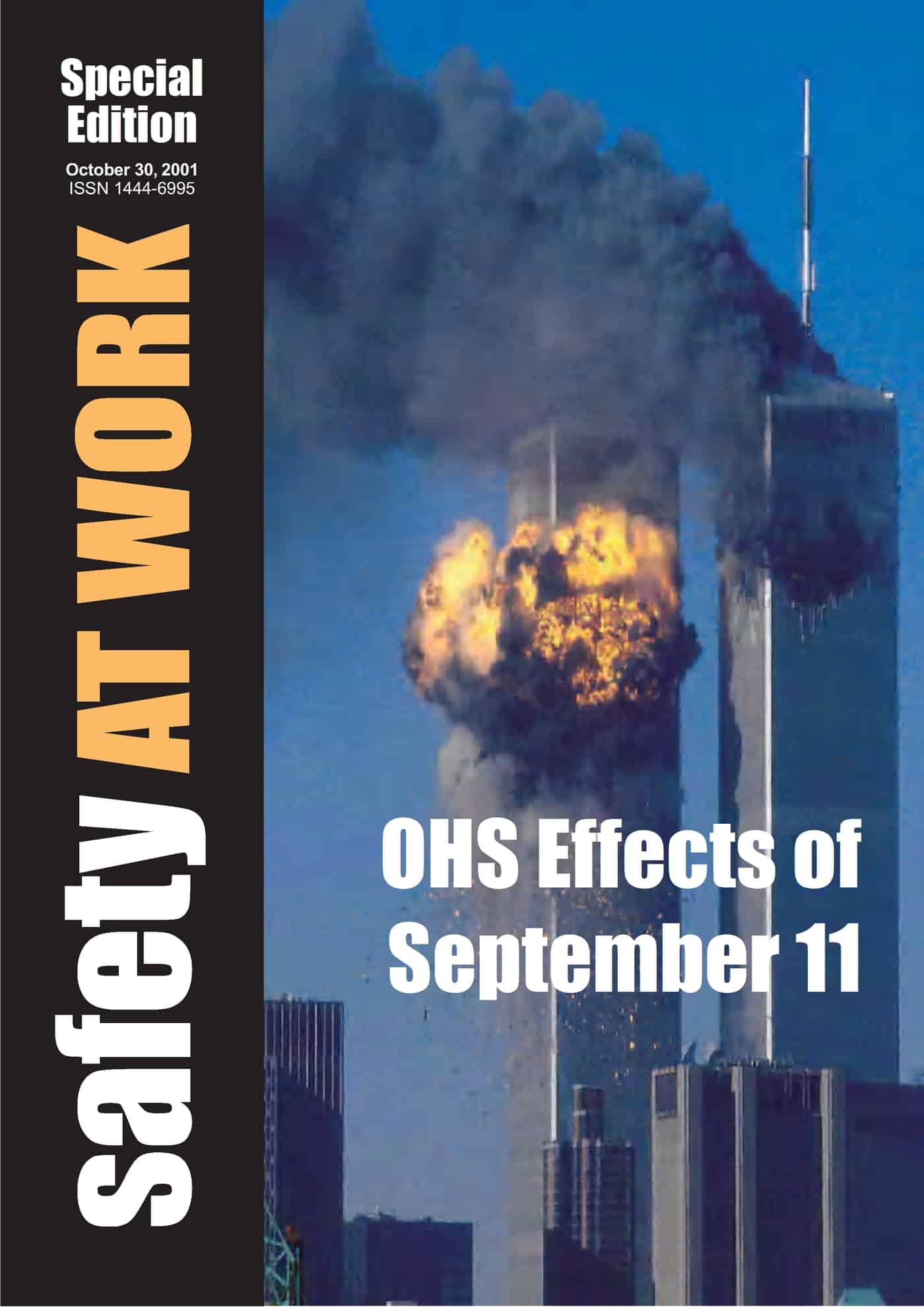Three years ago I had the privilege of arranging for Dr Lee Clarke of Rutgers University to attend the Safety in Action Conference in Australia. Lee had a book out at the time, Worst Cases, and spoke about the reality of panic. Lee’s studies have continued and are, sadly, becoming more relevant.
Recently, Rutgers University posted a video interview with Lee on Youtube.
Shortly after the World Trade Center collapse in 2001, I asked Lee to write something about the event from his experience and perspective. He wrote a piece for a special edition of Safety At Work magazine. The article has been available through his website for some time and is now available through here by clicking on the image below.
I strongly recommend Lee’s books. As he says in the video, they’re quite fun, in a sad sort of way.



